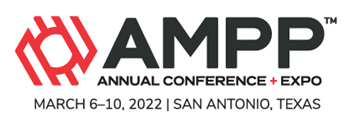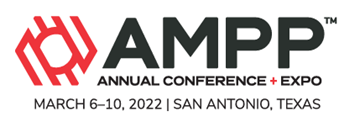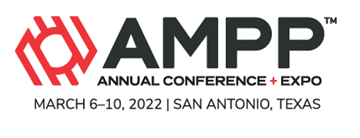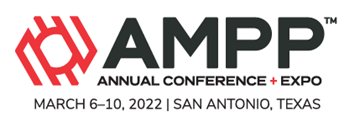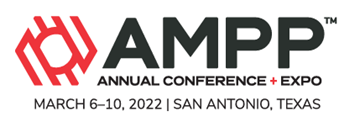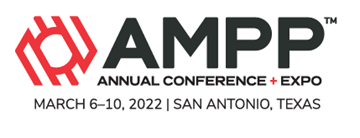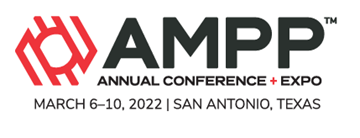Search
Products tagged with 'ampp conference papers'
View as
Sort by
Display
per page
Wear Performance Evaluation Of Chrome Carbide Overlays (Ccos)
Product Number:
51322-17748-SG
Publication Date:
2022
$20.00
Weathering Of Industrial Coatings: Correlation Between Three Years Outdoor Florida Exposure And Four Accelerated Weathering Methods
Product Number:
51323-18869-SG
Publication Date:
2023
$20.00
Weldability And Corrosion Properties Of Austenitic Stainless Steel And Low Alloy Steel Manufactured Using PM-HIP Method
Product Number:
ED22-18347-SG
Publication Date:
2022
$20.00
Well Casing Cathodic Performance Review - Case Studies
Product Number:
51322-17688-SG
Publication Date:
2022
$20.00
Why Are Glutaraldehyde/Quaternary Ammonium Biocides So Common In The Oil And Gas Industry?
Product Number:
51322-17640-SG
Publication Date:
2022
$20.00
Why Voltage Matters For High Voltage Holiday Testing On Steel
Product Number:
51322-17662-SG
Publication Date:
2022
$20.00
Wide range of buffering capasity of HLP solution for long term HIC testing under mildly sour condition
Product Number:
51322-18078-SG
Publication Date:
2022
$20.00
Wireless UT Sensors For Structural Health Monitoring & Remote Operations In A Post COVID19 World
Product Number:
51322-17523-SG
Publication Date:
2022
$20.00
Wonderful World of Solid Particle Erosion and Challenges in Erosion Testing and Modeling
Product Number:
51323-19003-SG
Publication Date:
2023
$20.00
Zinc Sulfide Solubility Modeling In Aqueous Solution At High Temperature And High Pressure
Product Number:
51322-17763-SG
Publication Date:
2022
$20.00
Zr(Fe,Cr)2 Precipitate Amorphization and Iron Redistribution in Zircaloy-4 Using a Two-Step Proton Irradiation
Product Number:
ED22-17211-SG
Publication Date:
2022
$20.00

